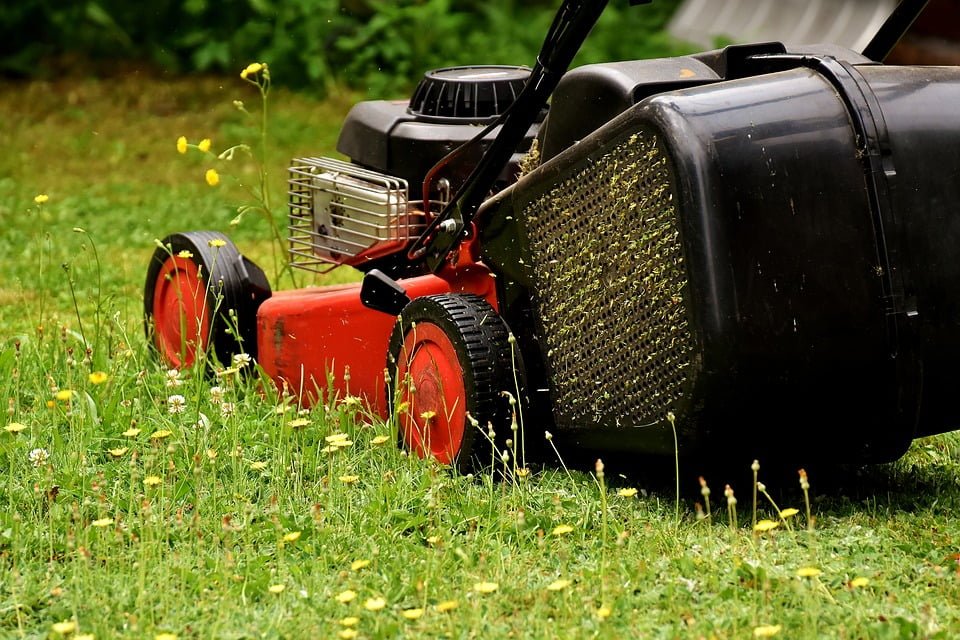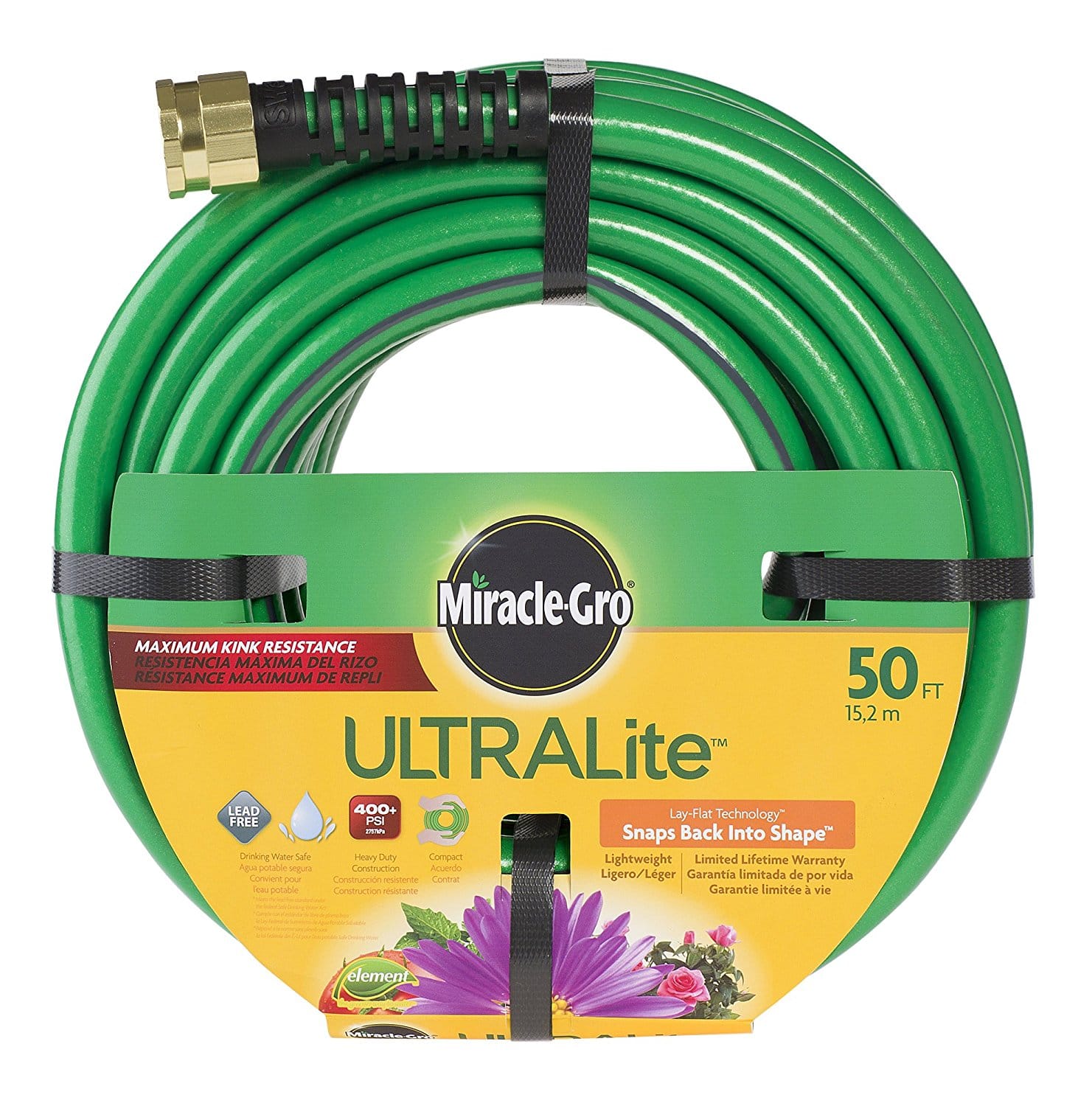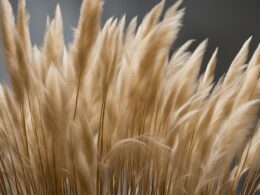To identify a plant with 5 leaves, it is important to understand the characteristics of leaves and how they can be used for plant identification. Leaves are often the basis for identifying plants as they are easily observed. They usually consist of two parts – the blade, which is the wide or more obvious part of the leaf, and the petiole, which is the “stalk” that attaches the blade to the stem. The shape, size, color, and arrangement of leaves can vary between different plant species, making them a useful tool for identification.
When identifying a plant, it is helpful to look at common characteristics that can be used for identification. While flowers are often an important characteristic for plant identification, many horticultural plants, especially woody plants, do not always have visible flowers. In these cases, leaves become even more valuable for identification purposes. Some common leaf characteristics that can be used for plant identification include the leaf shape (broad, narrow), attachment pattern (alternate, opposite, whorled), and leaf type (simple, compound). By examining these characteristics, along with other factors like leaf lobes, leaf margins, and surface properties, it becomes easier to identify a plant with 5 leaves accurately.
Common Characteristics for Identifying Plants
When identifying a plant, it is helpful to look at common characteristics that can be used for identification. While flowers are often an important characteristic for plant identification, many horticultural plants, especially woody plants, do not always have visible flowers. In these cases, leaves become even more valuable for identification purposes.
Some common leaf characteristics that can be used for plant identification include the leaf shape (broad, narrow), attachment pattern (alternate, opposite, whorled), and leaf type (simple, compound). By examining these characteristics, along with other factors like leaf lobes, leaf margins, and surface properties, it becomes easier to identify a plant with 5 leaves accurately.
When examining the leaf shape, look at whether the leaves are broad or narrow. Some plants have leaves that are broad, with a wide surface area, while others have narrow leaves that are long and slender. The attachment pattern refers to how the leaves are arranged on the stem. They can be alternate, meaning that the leaves are positioned one after another in a staggered pattern along the stem. Alternatively, leaves can be opposite, with pairs of leaves that are positioned directly across from each other on the stem. Some plants may have a whorled attachment pattern, where leaves radiate from a single point on the stem.
In addition to these characteristics, leaf type is also important for identification. Leaves can be simple, meaning that each leaf consists of a single blade, or compound, where the leaf is divided into multiple leaflets. Compound leaves can have a palmate arrangement, where the leaflets radiate from a central point, or a pinnate arrangement, where the leaflets are arranged along a central stem.
By paying attention to these common leaf characteristics, you can become better equipped to identify plants based on their leaves, even when flowers are not present.
How to Identify Poison Ivy, Oak, and Sumac
Poison ivy, poison oak, and poison sumac are closely related plants that can cause an itchy rash when they come in contact with the skin. It is important to be able to identify these plants to avoid any unpleasant reactions.
Poison ivy has compound leaves consisting of three individual leaflets, which can have smooth, lobed, or toothed edges.
Poison oak leaves also have three leaflets, typically lobed or deeply toothed with rounder edges.
Poison sumac, on the other hand, is found mainly in wet, forested areas and has compound leaves with multiple leaflets.
Knowing these specific characteristics can help differentiate these plants from harmless look-alikes like Virginia creeper, fragrant sumac, skunkbush sumac, and boxelder.
Conclusion
Identifying a plant with 5 leaves becomes a manageable task when you grasp the key characteristics that define them. Through careful observation of leaf shape, attachment pattern, type, lobes, margins, and surface properties, you gain the ability to accurately identify a plant. Equally important is the ability to differentiate similar-looking plants like poison ivy, poison oak, and poison sumac from their harmless counterparts, ensuring a rash-free experience. Armed with this knowledge and skillset, you can confidently identify your plant with 5 leaves and unlock the secrets of its care, symbolism, and growth habits.
Is the Plant with Small White Flowers a Type of Weed or a Desirable Plant with 5 Leaves?
The plant with small white flowers, commonly known as the small white flowered weed, is often considered a nuisance in gardens. Its five leaves and rapid spreading tend to overshadow desirable plants. However, some may appreciate its beauty and choose to keep it as part of their garden landscape.










